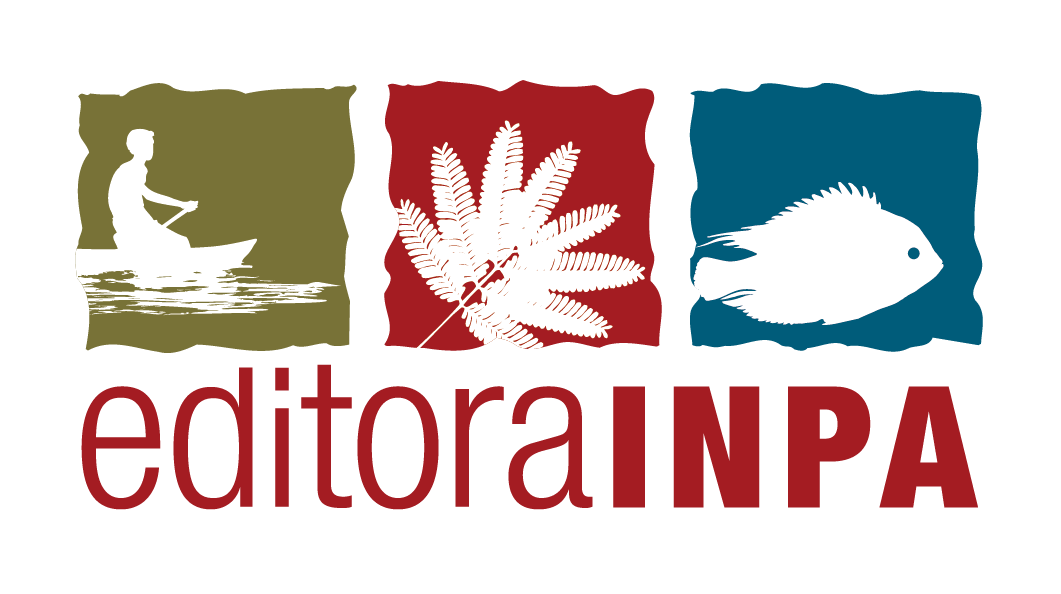
Coleções do Repositório
Submissões Recentes
Item type:Publicação, Climate monitoring bulletin for the major river basins, Volume 3, Number 53(2025-12-31) Senna, Renato Cruz; Rocha, Tainá Sampaio Xavier Conchy; Arcos, Adriano NobreItem type:Publicação, Boletín de monitoreo climático de las principales cuencas hidrográficas, Volume 3, Numero 53(2025-12-31) Senna, Renato Cruz; Rocha, Tainá Sampaio Xavier Conchy; Arcos, Adriano NobreItem type:Publicação, Boletim de Monitoramento Climático de Grandes Bacias, Volume 5, Número 53(2025-12-31) Senna, Renato Cruz; Rocha, Tainá Sampaio Xavier Conchy; Arcos, Adriano NobreItem type:Publicação, Arquitetura hidráulica de árvores da Amazônia Central(Instituto Nacional de Pesquisas da Amazônia - INPA, 2023) Menezes, Valdiek da Silva; Higuchi, Niro; Gimenez, Bruno OlivaThe relationship between forests and water is one of the most studied topics today. However, to understand the role of forests in the water cycle as a whole, it is important to first comprehend the water conduction system within trees, known as hydraulic architecture. This study aims to analyze hydraulic functional traits of trees on three levels: the variation of functional traits within a species along a vegetational gradient, the variation of hydraulic functional traits in different community-level environments, and the relationship between hydraulic traits and non-hydraulic traits, as well as demographic parameters of coexisting species. In general, species occurring in different phytophysiognomies exhibit phenotypic plasticity in certain traits that enable them to balance various aspects of water use. At the ecosystem level, as important as the variation in functional traits is the relationships they exhibit depending on the sampled environment. Coexisting species demonstrate diversified life strategies, where species with lower wood density have more acquisitive characteristics, including higher hydraulic capacity and greater foliar nutrient concentrations, resulting in higher growth rates at the expense of increased mortality rates. The in-depth understanding of tree hydraulic structure, its variability among groups and environments, and the significance of vessel-related traits highlight the multiplicity of water use strategies among coexisting species. This research underscores the ongoing need for investigation to enhance forest management and predict environmental changes, emphasizing the importance of functional traits in ecosystem studies.Item type:Publicação, Levantamento de coleópteros estafilinídeos (Coleoptera, Staphylinidae) depositados na Coleção Zoológica Paulo Bührnheim (CZPB), da Universidade Federal do Amazonas(2025) Camila Rabelo Elias; Sérgio Luíz Gianizella





